As I child, I remember roughhousing with my dad in the living room, playing Buck the Bronco. I would jump all over him, giggling incessantly.
Then we would play Wake the Sleeping Bear, where he would pretend to be a sleeping bear and I would sit on his head, stand on his back and tickle his feet until he “woke up” and scared the beejezus out of me.
As a child, this was exhilarating.
I craved playing these roughhousing games over and over again. Little did I know, these regular roughhousing activities were preparing me for something much bigger to come.
7 surprising benefits of roughhousing with kids.
When I started reading a bit about the benefits of roughhousing in the book Peaceful Parent, Happy Kids, I was pleasantly surprised.
In the book, she talks about using roughhousing as a tool to build a deeper connection with your child.
post contains affiliate links
After reading little snippets about roughhousing throughout her book, I started doing a bit more research, and the results are truly an eye-opener.
All children—boys and girls alike—crave a physical connection with parents each day to help them release fears and anxiety, feel loved and connected, and most importantly, bonded to their parents.
This also means that children crave roughhousing with BOTH parents—mom included!
Whether you are a mom or a dad, roughhousing is actually pretty brilliant when you think about it. It is an awesome tool you have in your parenting tool belt, and your kids desperately want you to use it.
Mama bears roughhouse with cubs, shouldn’t we?
Roughhousing has been around since the beginning of time. For a moment think about all the other mammal species engaging in roughhouse play: baby monkeys or tiger cubs or puppies. They are tumbling around, chasing each other and wrestling.
Roughhousing is completely natural and…primal. It’s a basic need and desire for all little beings.
In our modern world, you may feel pressure to put the kibosh roughhousing, horseplay, or any other kind of silly behavior to keep your kids acting in a respectable and orderly fashion.
But if you are striving for a more well-behaved child, who will exude more emotional stability, confidence and happiness, then daily roughhousing is a great tool that can actually minimize power struggles, tame tantrums, and teach kids to listen.
Roughhousing is fuel to the brain. Here’s how.
When your child starts roughhousing, the brain recognizes this as a small stressor. As heart rate increases, the brain thinks he is fighting or fleeing some bad guy down the street.
To protect his brain from stress, Brain-Derived Neurotrophic Factor (BDNF) is released.
BDNF is awesome because it’s nature’s medicine for healthy brain growth and development. It repairs, protects, and improves the learning and memory capabilities of the brain by stimulating neuron growth in multiple areas of the brain.
This is why kids feel more relaxed, connected, and happy after roughhousing.
Surprising, yet endless, benefits of roughhousing.
Through the physical play of roughhousing, kids gain wisdom, emotional intelligence, morality, physical fitness and joy.
This is just the tip of the iceberg.
Roughhousing nurtures a child’s resiliency.
You probably know that none of us can memorize the right answer to every question or prepare perfectly for every challenging life circumstance thrown our way, but roughhousing helps us practice challenging situations in a safe space. Through roughhousing, kids learn to cope with an unpredictable series of play events, teaching their brains to become more flexible in new and unfamiliar life situations.
Roughhousing improves learning.
Because roughhousing offers the opportunity to make mistakes without fear of punishment, kids can experiment with tackling mom or dad in a different way or say something really silly without worrying they will get in trouble or be labeled as naughty. Again, it creates the ultimate safe space to try new things.
It increases your child’s emotional intelligence.
A child learns to rev up and wind down, helping him learn how to manage strong emotions. It also helps kids release stress built up throughout the day. Often times, kids simply need an outlet to release stress or overwhelming emotions. Roughhousing is a perfect way to accomplish this.
It teaches morality and ethics through self-handicapping.
A bigger kid may deliberately hold back in order to level the playing field with a smaller child (a parent would do the same). Both older and younger kids learn that roughhousing play is about having fun and collaborating well together more than it is about winning or dominating.
Roughhousing develops risk-taking skills, perseverance and confidence.
Kids learn to try risky behaviors in a safe space. Parents are there to guide, protect, and support while the child freely experiments with risk and determination. Roughhousing over a period of days, weeks, and months, a child will become more confident and learn which risky behavior is a good idea, and which is not.
Roughhousing releases stress and anxiety.
Like I’ve said many times before on this blog, the world is a crazy and chaotic place for children. Imagine yourself in a foreign country, where everything feels unfamiliar and unpredictable. This is often how young children feel as anxiety from the busyness of life begins to build. You can combat this through roughhousing, as it releases stress and anxiety, helping kids avoid an utter meltdown from overwhelming feelings.
Roughhousing builds the parent-child connection.
A loving, yet physical interaction with your child is a quick and easy way to help your child to feel close to you. It’s pure fun, allowing kids to laugh, giggle and forget about everything else in the world.
These are just a few examples of how roughhousing can really benefit your child. There are truly an array of endless benefits to this simple game of play.
Creating the ideal roughhousing with kids scenario.
There is no perfect way to roughhouse with kids, but there are some great guidelines that you may find very helpful in order to get the most bang for your buck. Roughhousing can also get a little out of hand, so it’s important to keep a few things in mind.
Set a few groundrules.
- Allow participation to be voluntary.
- No hitting, kicking, biting or hair-pulling.
- Take off earrings, belts, or anything that could result in injury.
- Create a safe space for roughhousing.
- Add any rule that might benefit your kids in a given situation.
Parent-child roughhousing is optimal.
Most information about roughhousing with kids recommends parent-child roughhousing. When kids roughhouse alone, things can spiral out of control quickly when there isn’t a parent to help guide and teach this type of play. And since one of the goals of roughhousing is to build a deeper connection with your child, the only way you can do that is by actually participating yourself.
Best ages for roughhousing with kids.
Kids two to eight years of age seem to receive the most benefits from roughhousing. This doesn’t mean you can’t or shouldn’t roughhouse with kids outside of that range. It simply means you will likely need to make a modification.
If playing with a younger child, use a gentle chasing game or gentle wrestling on a play mat. If playing with an older child, consider flag football or jumping on a trampoline together. There are emotional benefits to roughhousing right through adolescence and the teen years.
Be playful, not scary.
Acting as a dominant, power-hungry bully is not a goal of roughhousing. It should stay fun and playful, rather than turning into torment. You want to hear laughter, not cries of distress. Try to set a good roughhousing example for your kids, modeling how someone bigger and stronger holds back.
In doing so, you demonstrate self-control, fairness and empathy for your child, helping him learn to emulate those same qualities. Allow your child to dominate you and build confidence. It’s also important demonstrate that roughhousing isn’t about winning, but rather cooperation and constructively channeling energy into a fun and exciting game.
Incorporate some wind down time.
In every roughhousing play session, there are three components. Revving up, the arch, and winding down. Ease out of this sort of play in the same way you ease into it. You can even use a silly code to signal when you or your child wants to stop.
Afterward, hang out for a few minutes on the couch or floor to wind down together and talk about it. Your child could share what he or she thought…was it fun? Exciting? Overwheming? Too much?
Roughhousing games and inspiration.
- London bridge is falling down
- Ring around the rosy
- Freeze tag
- Snowball fight
- Balloon stomps
- Sock hops
- Pillow fights
- Wrestling
- Tag
- Tug of war
- Buck the bronco
- Ride the horsey
- Create an obstacle course
- Dance
- Climb the mountain (Facing your child, allow your little climber to scale his feet up your legs all the way to your tummy. Do a flip for added fun.)
- Wake the sleeping bear (Laying on the ground, cover up with a blanket or pillow, pretending you’re a sleeping bear. Allow your child to sit on you as a comfy couch, pretending he doesn’t realize you are a sleeping bear. Then wake up and chase your child around the house.)
These are just a few quick and easy ideas to get you started. If you are looking for more awesome roughhousing games, check out The Art of Roughhousing by Anthony T. DeBenedet.
It’s full of hilarious and fun rough and tumble games to inspire you. Plus, it includes an entire chapter on Extreme Roughhousing if that is something that would interest you with an older child.
Want more on parenting?
- 5 Genius Tricks to Try When Your Kids Won’t Follow Directions
- 3 Things Every Parent of a Strong Willed Toddler Needs to Know
- How to Handle Back Talk and Disrespect Like a Parenting Warrior
- What No One Tells You About Parenting Toddler Boys
- Or to read Dr. Markham’s fabulous parenting book, you can click the link—Peaceful Parent, Happy Kids
—to see it on Amazon.
I've created a free email series just for you! If you are struggling with teaching your child to listen, this series will help transform your parenting. Yes, really. I've seen my proven strategies work time and time again for parents. I know it can work for you too.
After taking my free email series, you will:
- Learn simple, yet highly effective listening strategies
- Experience a stronger connection with your child
- Enjoy more peaceful parenting days
- Gain more cooperation from your child

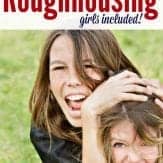
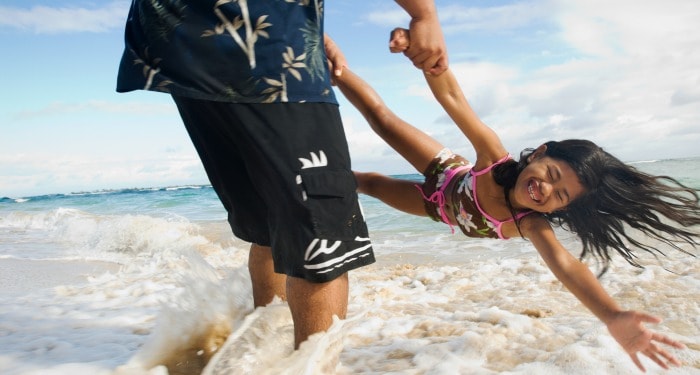
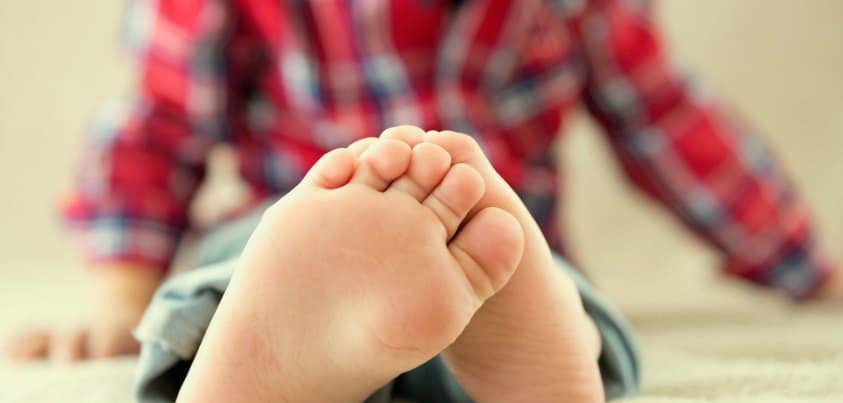
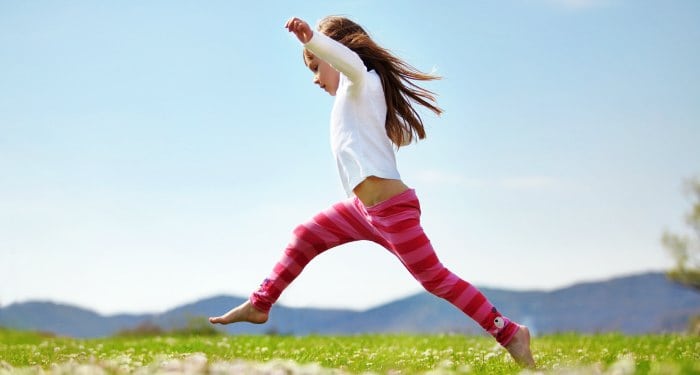
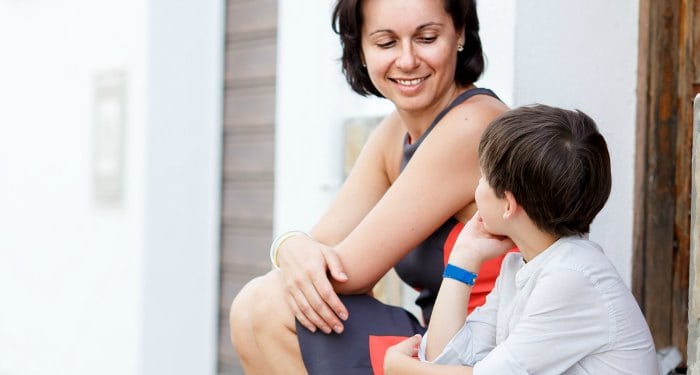
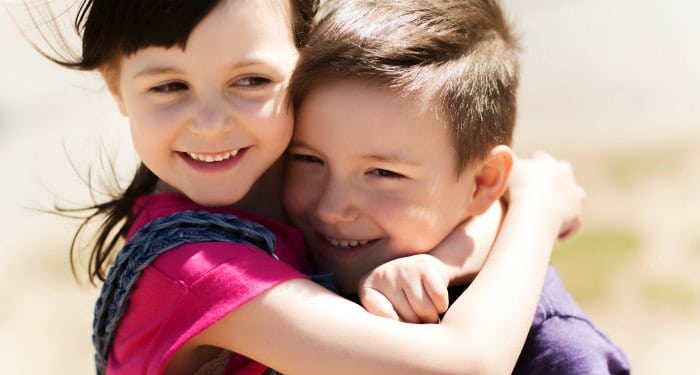
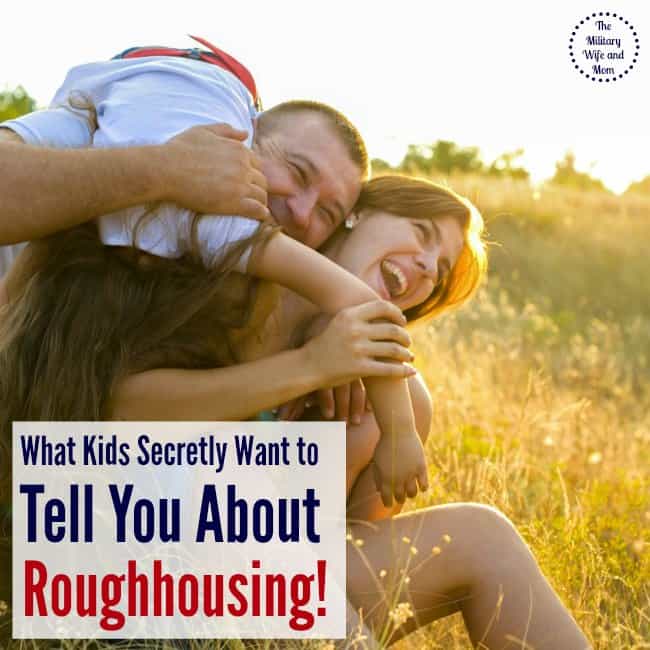
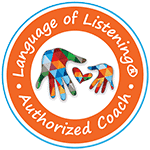
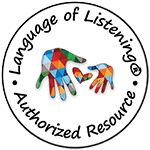
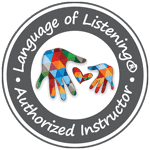









I’m a dad and a preschool teacher. Roughhousing has been an important part of fatherhood as well as teaching. I am amazed how often roughhousing is banned in preschools and childcare centers. When educators visit my classroom, they often comment on how the children are so cooperative with each other and in control of their impulses. One of the reasons is that I allow (and participate in) roughhousing.
Your post is very well written and hits on all the major reasons why roughhousing is important for all children. Our society needs to get back to these basics of childhood. I have a book coming out in October called Embracing Rough and Tumble Play: Teaching with the Body in Mind aimed at teachers. I hope to convince more teachers to get on board.
Thanks for the great post. I will be sharing it.
So interesting. It explains why my girls have such fun with tickling wars and pillow fights.
Great
My husband roughouses with my seven year old son but it often ends in tears..how can I handle this?
why does it end that way?
does hubby not see signals (not smiling, distressed face, verbal complaints?)
– probably not
does hubby not understand safety measures
– probably not
does hubby not have self-control to stop when he should?
does hubby have a different goal: (make kid tougher than pain?)
Once you understand the root of the problem, you can probably more easily solve it 🙂
You wrote better than NY times – you researched a lot deeper than “Roughhousing is good” 🙂
I am trying to find out how much is enough for these benefits. 10 min at bedtime?